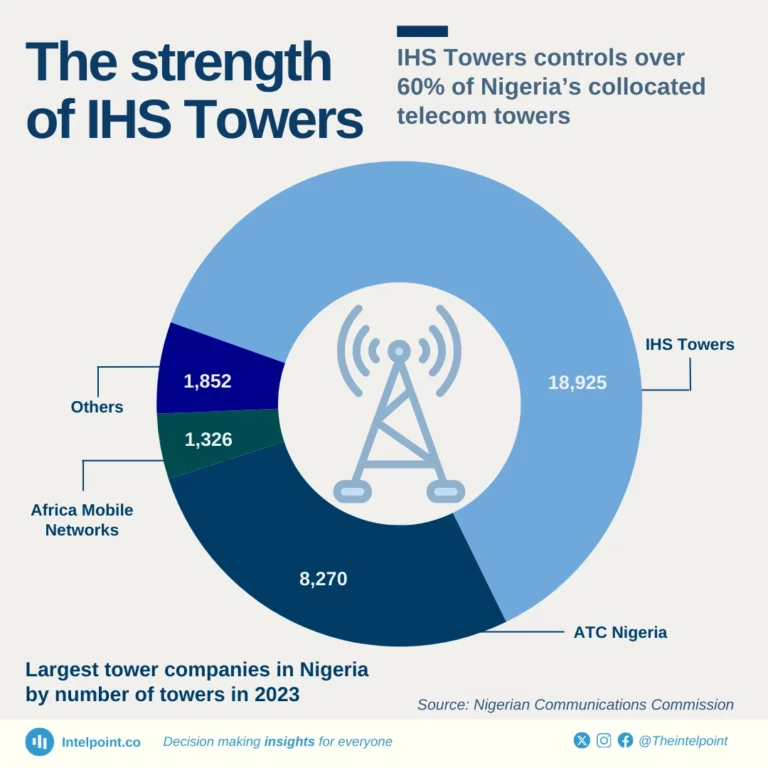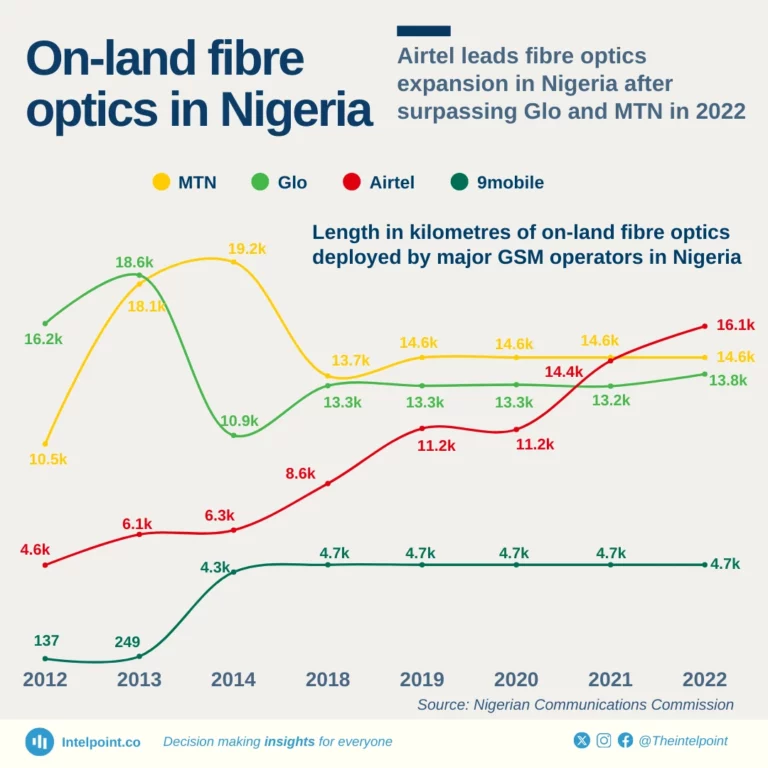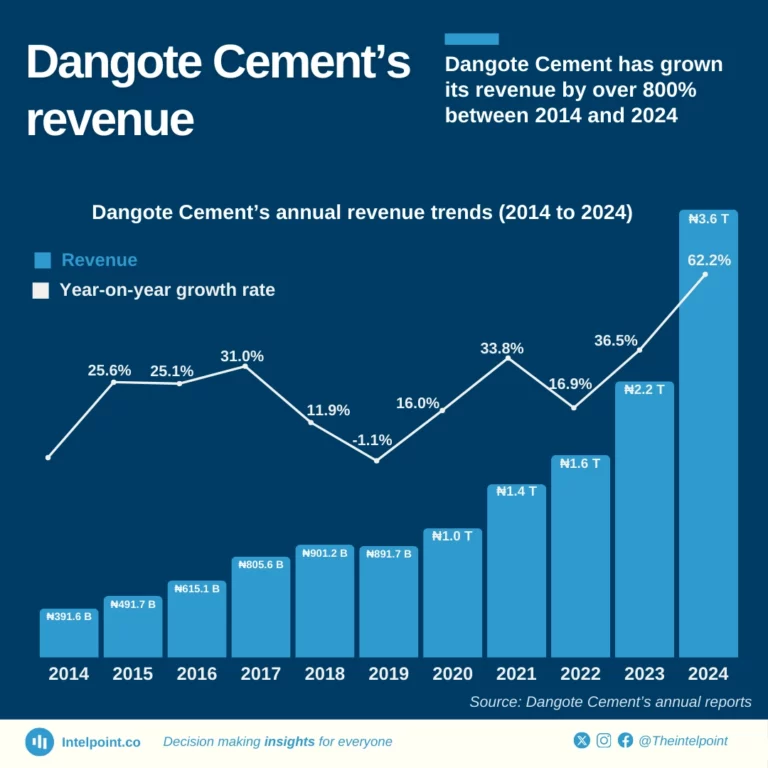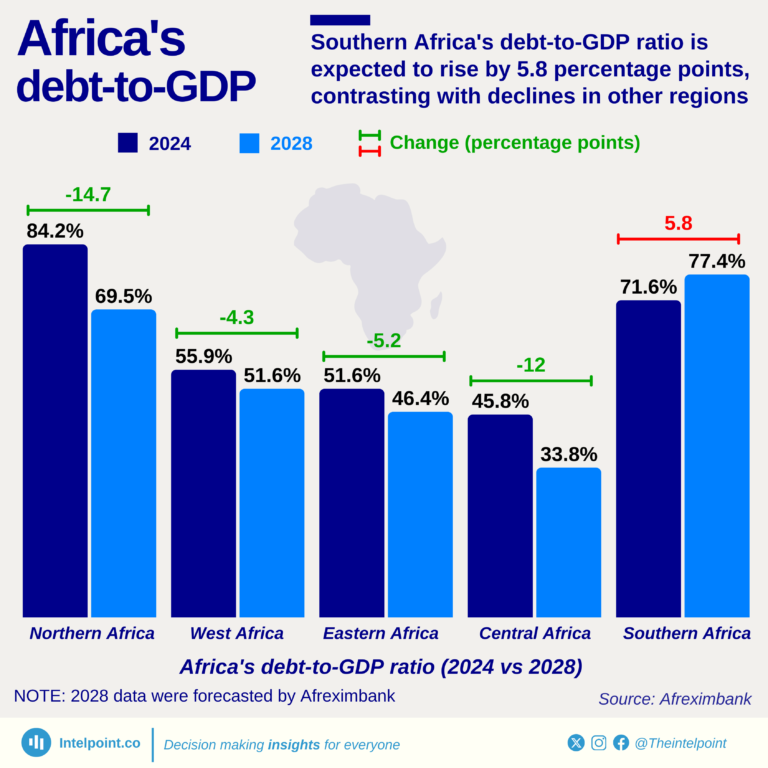
Although Nigeria had the third highest number of learners on Coursera enroled in courses related to science, technology, engineering, and mathematics (STEM) as of March 2023, the country had the highest year-on-year increase — almost double.
Five African countries were in the top ten increasing STEM learners on the e-learning platform.

Nigerians spent ₦56.6 million last weekend seeing two blockbuster movies — #Barbie and #Oppenheimer. Popularly called Barbenheimer, they were released simultaneously on July 21, 2023. Barbie made 129% more than Oppenheimer in their first weekend.





